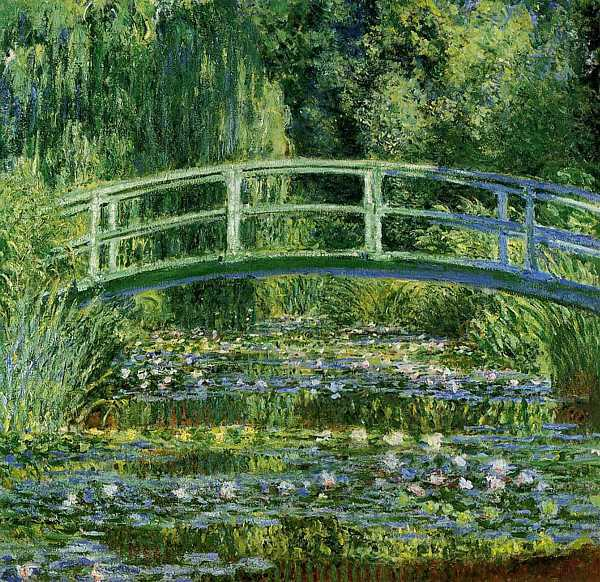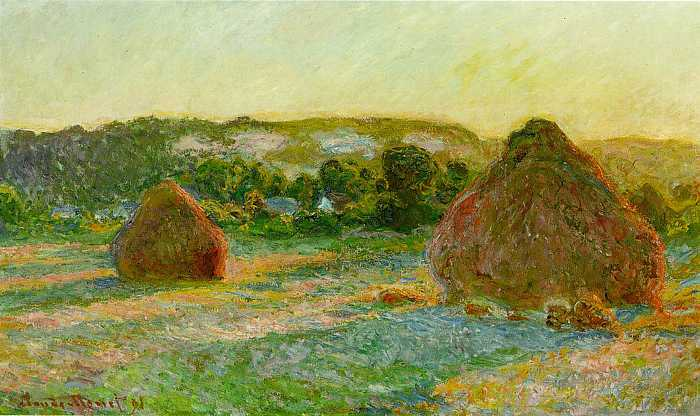WHAT IS ART ? Art is something we do, a verb. Art is an expression of our thoughts, emotions, intuitions, and desires, but it is even more personal than that: it’s about sharing the way we experience the world, which for many is an extension of personality. It is the communication of intimate concepts that cannot be faithfully portrayed by words alone. And because words alone are not enough, we must find some other vehicle to carry our intent. But the content that we instill on or in our chosen media is not in itself the art. Art is to be found in how the media is used, the way in which the content is expressed. Art’ is where we make meaning beyond language. Because what art expresses and evokes is in part ineffable , we find it difficult to define and delineate it. It is known through the experience of the audience as well as the intention and expression of the artist. The meaning is made by all the participants, and so can never be fully known. It is multifarious and on-g...
IMPRESSIONISM
- Get link
- X
- Other Apps
CLAUDE MONET (1840-1926)
'Waterlilies and Japanese Bridge', 1899 (oil on canvas)
Impressionism was an art movement in France at the end of the 19th century. The Impressionists were a group of artists renowned for their innovative painting techniques and approach to using color in art. Their paintings became the most popular art form of the 20th century with the public and collectors alike.
The Impressionist Artists
Many artists contributed to the first exhibition of French Impressionist painting in 1874 but Claude Monet (1840-1926), Pierre Auguste Renoir (1841-1919), Camille Pissarro (1831-1903), Edgar Degas (1834-1917), Alfred Sisley (1839-99) and Henri Marie Raymond de Toulouse-Lautrec (1864-1901) were the main figures who formed the backbone of the movement.
Impressionist Painting Technique
CLAUDE MONET (1840-1926)
'Wheatstacks - End of Summer', 1890-91 (oil on canvas)
The Impressionists were excited by contemporary developments in color theory which helped their search for a more exact analysis of the effects of color and light in nature. They abandoned the conventional idea that the shadow of an object was made up from its color with some brown or black added. Instead, they enriched their colours with the idea that the shadow of an object is broken up with dashes of its complementary color For example, in an Impressionist painting the shadow on an orange may have some strokes of blue painted into it to increase its vitality.
- Get link
- X
- Other Apps
Comments
Popular posts from this blog
ART HISTORY TIMELINES
JAMES ROSENQUIST (1933-2017) Time Stops the Face Continues, 2008 (oil on canvas with spinning mirror) Our Art History Timelines outline the stylistic development of Western and Modern Art from 330-1975. In order to fully appreciate the work of any artist or art movement it is necessary to understand its position in the Art History Timeline. As most new artwork is a reaction against or development of a previous style in the timeline, it is enlightening to know the artistic and historical context in which it was created. Western Art Timelines Our Western Art Timelines give you information about the artists, movements and styles in Western art from around 330 to 1880. They offer a brief explanation of the most important styles from Byzantine Art to Realism . They also list the major artists and illustrate a key painting from each movement. Western Art Timeline 1 (330-1600): Byzantine Art (330-1450), Gothic Art (1150-1400), International Gothic (1375-1425), the Early Renaissance (1...
POST IMPRESSIONISM
VINCENT VAN GOGH (1853-1890) 'View of Arles-Orchard in Bloom with Poplars', 1890 (oil on canvas) Post Impressionism was not a formal movement or style. The Post Impressionists were a few independent artists at the end of the 19th century who rebelled against the limitations of Impressionism. They developed a range of personal styles that focused on the emotional, structural, symbolic and spiritual elements that they felt were missing from Impressionism. Their combined contributions form the artistic roots of modern art for the next eighty years. Impressionism was the first movement in the canon of modern art. Like most revolutionary styles it was gradually absorbed into the mainstream and its limitations became frustrating to the succeeding generation. Artists such as Vincent Van Gogh, Paul Cézanne, Paul Gauguin and Georges Seurat, although steeped in the traditions of Impressionism, pushed the boundaries of the style in different creative directions and in doing so laid the ...
The Early Renaissance The Early Renaissance is mainly associated with the city of Florence as the birthplace of the movement and as its main centre of artistic innovation. Early Renaissance art introduces a greater degree of naturalism by placing an emphasis on the observational drawing of the human figure. It also establishes a more precise spatial organization of the figures, buildings and landscapes through the invention of perspective drawing. Humanistic subject matter, based on the study of Classical mythology , along with portraiture and landscape evolved as acceptable subjects for art during The Early Renaissance. This marks a shift from the exclusive position held by religious art. Some artists, for example Masaccio, Fra Angelico and Piero della Francesca, followed in the footsteps of Giotto by increasing the degree of naturalism in painting within the traditional themes of Christian art. Others, such as Paolo Uccello and Sandro Botticelli , advanced the same aesthetic i...






GREAT CULTURAL KNOWLEDGE
ReplyDeletelove his water lilly piece.
ReplyDelete